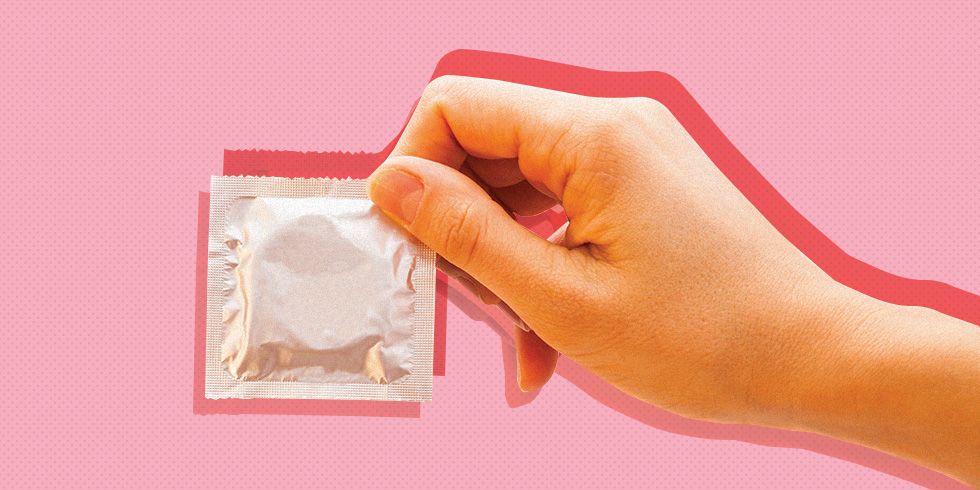


Unusual discharge from the penis that may be white, yellow or green in colour Pain in the lower abdomen – this is less commonīleeding between periods and/or heavier period and bleeding after sex – this is less common. Unusual green or yellow discharge from the vagina which may be thin or watery If you do get symptoms these usually appear within 10 days of infection, but they can also develop months later. See your health care provider, visit the Sexual Health Clinic webpages or call the Sexual Health Clinic at (702) 759-0702.Many people who have gonorrhoea do not notice any symptoms. Pregnant women should see a doctor for examination, testing and treatment, if needed. Treatment of gonorrhea as soon as it is detected in pregnant women will reduce the risk of these problems. This can cause blindness, joint infection or a life-threatening blood infection in the baby. If a pregnant woman has gonorrhea, she may give the infection to her baby during a vaginal delivery. Untreated gonorrhea can increase a person’s risk of acquiring or transmitting HIV. Gonorrhea can spread to the blood or joints. In men, gonorrhea can cause epididymitis, a painful condition of the testicles that can lead to infertility if not treated. PID can damage the fallopian tubes enough to cause infertility or increase the risk of ectopic pregnancy (life-threatening pregnancy outside the uterus). PID can lead to internal abscesses (pus-filled “pockets” that are hard to cure) and long-lasting pelvic pain. Women with PID may have severe abdominal pain and fever. In women, gonorrhea is a common cause of pelvic inflammatory disease (PID). Untreated gonorrhea can cause serious and permanent health problems in both women and men. Contact a Health Care Provider if symptoms continue after getting treatment. Having gonorrhea does not mean a person can’t get it again. Although medication will cure the infection, damage done by the disease is permanent. It is important to take all of the medication prescribed to cure gonorrhea. People with gonorrhea should be tested for other STDs. If symptoms continue for more than a few days after you start receiving treatment, return to your health care provider to be checked.īecause many people with gonorrhea also have chlamydia, another STD, antibiotics for both infections are usually given together. However, drug-resistant strains of gonorrhea are increasing and successful treatment of gonorrhea is becoming more difficult. The Sexual Health Clinic uses a urine test for gonorrhea for all clients. Some can be performed on urine other tests require a sample be collected from a site such as the cervix, urethra, rectum or throat. Several laboratory tests are used to diagnose gonorrhea. Symptoms of throat infection may cause a sore throat.

Symptoms of rectal (anal) infection in both men and women include: Painful or burning sensation when urinating.In women, the symptoms of gonorrhea are often mild, and are sometimes mistaken for a bladder or vaginal infection. Painful or swollen testicles (although this is less common).White, yellow or green discharge from the penis.In men, symptoms appear two to five days after infection symptoms can take as long as 30 days to appear. Many people with gonorrhea do not have any symptoms at all.


 0 kommentar(er)
0 kommentar(er)
